Peru Animal Explore Unique Peruvian Animals Wildlife in Peru
Last updated on June 11th, 2025 at 10:04 pm
Picture this: I’m standing in ankle-deep mud at 5:30 AM, swatting mosquitoes the size of small helicopters, wondering what the hell I was thinking when I booked this trip to chase down some rare Peru animal sightings. My guide Miguel is grinning like we’re at Disneyland instead of somewhere that smells like rotting vegetation and sounds like a horror movie soundtrack.
Then a scarlet macaw lands on a branch ten feet away.
Not in a zoo. Not behind glass. Just sitting there, close enough that I can see every feather, looking at me like I’m the weirdo in this situation. Which, let’s be honest, I probably was.
That moment three years ago wrecked me. I went from someone who thought National Geographic was just pretty pictures to a guy who now spends weekends driving hours to maybe glimpse a rare bird. Peru did that to me. Fair warning – it might do the same to you.
Table of Contents
Peru Doesn’t Mess Around With Animals
Here’s what nobody tells you: Peru has more types of birds than the entire United States. In a country smaller than Alaska. That’s just birds. We haven’t even talked about the monkeys, cats, otters, bears, dolphins, or the thousand other things crawling, flying, and swimming around.
The thing is, Peru cheated. It basically took every possible habitat and crammed them into one country. You’ve got Amazon rainforest in the east, mountains down the middle, and desert coast in the west. It’s like nature was showing off.
On my second trip, I met this researcher from Sweden who’d been studying Peru for twelve years. She looked at me over her beer and said, “I keep thinking I’ve figured this place out. Then it throws something new at me.” This from someone who literally wrote her PhD on tropical birds.
What Peru pulled off:
- Second-most bird types on the planet
- Every major South American habitat in one place
- Hundreds of animals that live nowhere else
- Geography that makes zero sense but somehow works
Animals That’ll Stick in Your Head Forever
The Big Names Everyone Talks About
Spectacled Bears These look like someone put glasses on a teddy bear and taught it to climb trees. I watched one for an hour as it methodically destroyed a plant for breakfast, eating it piece by piece like fine dining. The focus on its face was priceless.
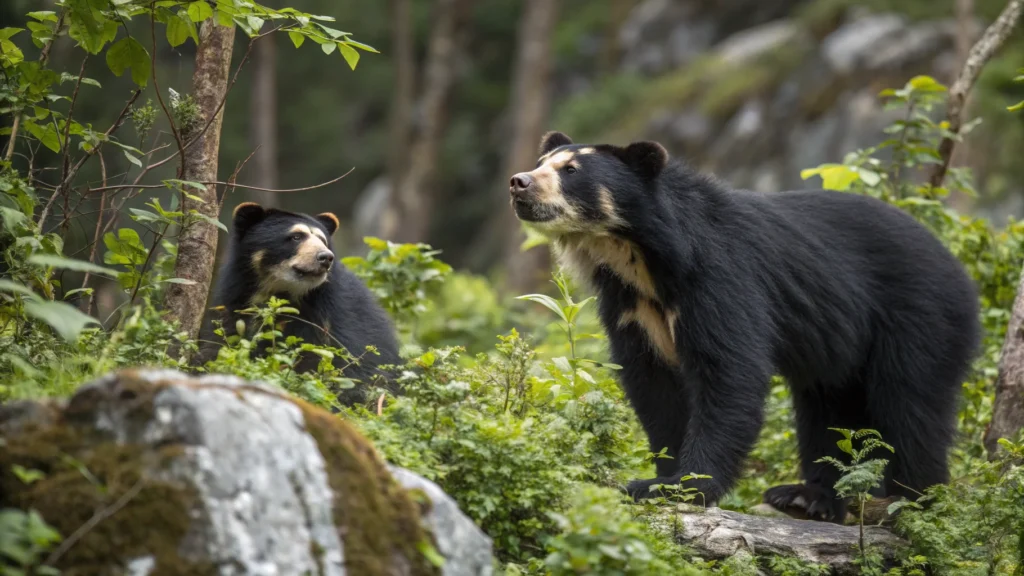

Giant River Otters
Forget cute zoo otters. These are six-foot-long water bulldogs with serious attitudes. I saw a family completely take over a section of river, playing some complicated game with a fish while mom and dad supervised. One baby kept swimming over to check us out, probably wondering why we were so ugly and couldn’t swim properly.
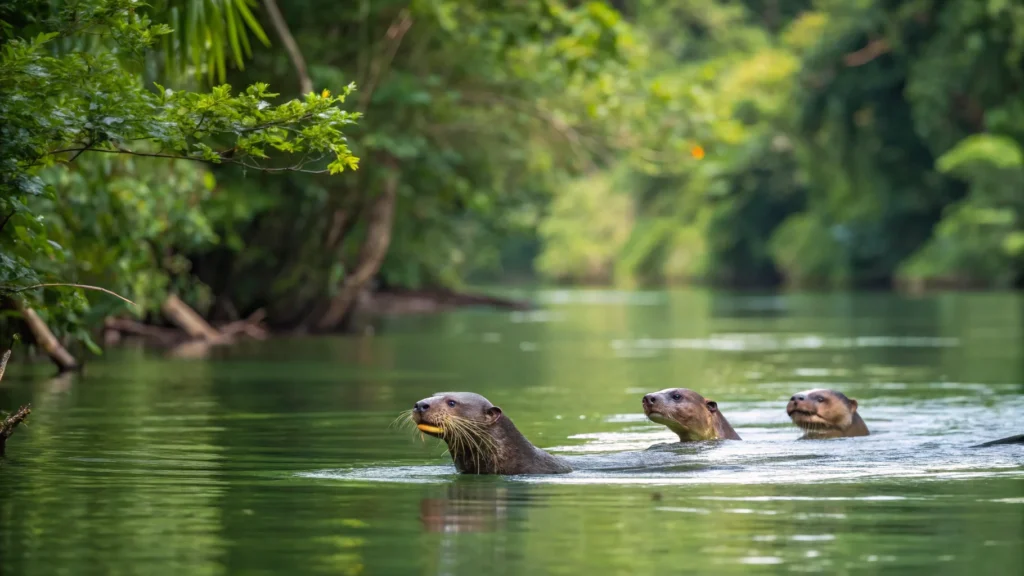

Andean Cock-of-the-rock Peru’s national bird looks like someone dipped a tennis ball in orange paint and gave it wings. During mating season, males lose their minds doing this dance that’s part ballet, part street fight. I hiked three hours in pouring rain to see it. Worth every soggy step.
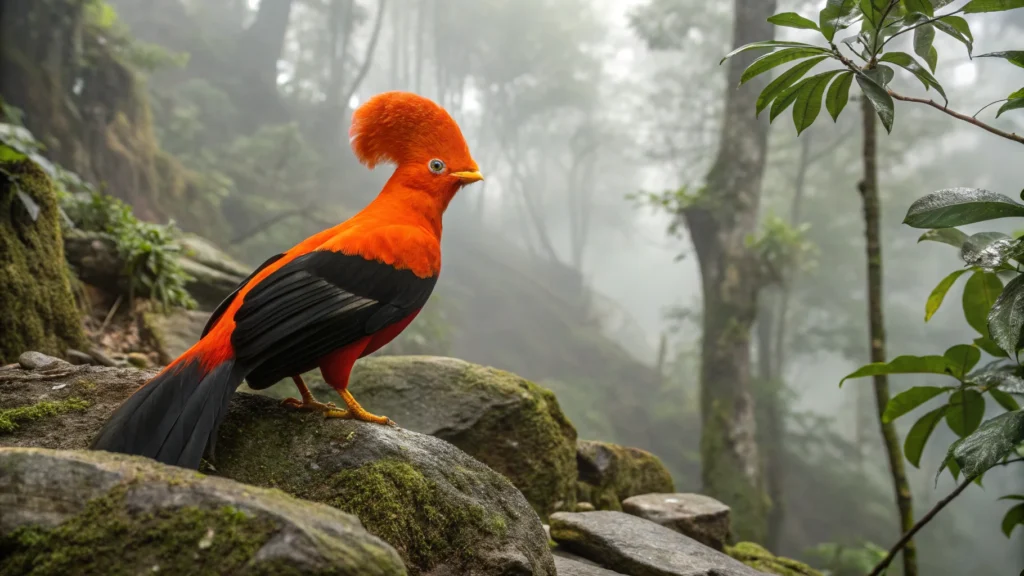

Pink River Dolphins When Miguel told me we might see pink dolphins, I figured he was pulling my leg. Pink dolphins in a muddy river? Turns out they’re real, just not the bright pink you’re imagining. More like faded rose that shifts with the light. Plus they’re smart as hell. One followed our boat for twenty minutes, surfacing at random spots like it was playing games with us.
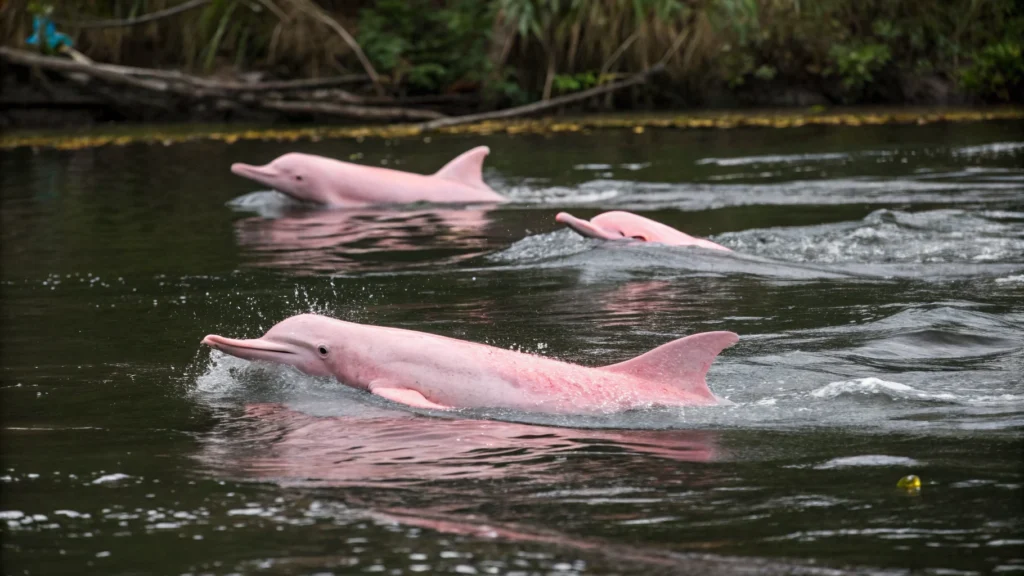

The Weird Stuff Nobody Mentions
Hoatzins These birds look like they forgot to finish evolving. They stink like manure, sound like rusty gates, and baby hoatzins have claws on their wings. Seriously. They’re living proof that evolution has a twisted sense of humor.
Poison Dart Frogs Smaller than a quarter but bright enough to hurt your eyes. Found one that was electric blue with black spots – like a superhero costume in frog form. They’re called poison dart frogs because people used to put their toxins on arrows. Don’t lick them. Obviously.
Three-toed Sloths Everyone thinks these are easy to spot because they move in slow motion. Wrong. They’re camouflage masters. I stared at a tree for ten minutes before realizing there was a sloth three feet from my face. When they move, it’s like watching meditation in action.
Where to Actually Find This Stuff
Amazon: The Heavy Hitter
Everyone says go to Manu National Park. It’s great, but it’s also expensive as hell and requires planning like a military operation. After doing both, Tambopata near Puerto Maldonado gives you most of the payoff with half the stress.
The clay licks at Tambopata are nuts. Picture hundreds of parrots covering a cliff face like living wallpaper, all different colors, making enough noise to wake the dead. They eat clay for minerals, which sounds gross but looks like organized chaos painted by someone on acid.
Fair warning: clay lick action happens 6-8 AM. Yeah, more early mornings. Deal with it.
What you’ll actually see:
- Monkeys that think your head is target practice
- Birds you can’t pronounce or count
- Baby alligators pretending to be logs
- Butterflies bigger than your face
- Bugs that look like they’re from Mars
The Mountains: High-Altitude Weirdness
I almost skipped the Andes because I was jungle-obsessed. Stupid mistake. Mountain animals are their own brand of crazy.
Colca Canyon is where condors hang out. These birds are massive – like flying school buses that somehow stay airborne. Watched one glide for thirty minutes without flapping once. The viewing spot gets tourist-bombed around 9 AM, so show up early or wait until afternoon.
Vicuñas are basically llamas that went to charm school. They live at altitudes that make most people dizzy and run across mountain plains like they’re floating. Seeing a herd against snow-capped peaks is one of those moments you forget to photograph because you’re too busy staring.
The Coast: Nobody Saw This Coming
I added Paracas and Ballestas Islands as filler time. Ended up being one of the best parts of the whole trip.
Ballestas Islands are like discount Galápagos. Thousands of sea lions sprawled on rocks, penguins waddling around like they own the joint, and enough bird crap to fertilize Rhode Island. The boat ride is basically marine life bingo – dolphins, pelicans, boobies (yes, that’s their real name).
The Reality Check Nobody Gives You
Time for some truth, because most Peru animal info makes it sound like a petting zoo with better scenery.
Weather will screw your plans. Went during rainy season once thinking it would be “authentic.” It was authentically miserable. Roads became rivers, animals hid, and I spent more time in rain gear than actually seeing wildlife.
You won’t see everything. Four trips to Peru, still no jaguar sighting. But some of my best memories are animals I didn’t even know existed until I stumbled across them.
It’s harder than it looks online. Lodges call their trails “easy walks.” Easy for who? Navy SEALs? Bring real boots, expect to sweat like you’re in a sauna, and accept that you’ll look like you wrestled with nature by day’s end.
Early mornings aren’t suggestions. Hate mornings? Peru will either cure you or break you. 5 AM wake-ups are standard because animals are active before it gets too hot and they disappear.
The Money Reality
Budget travelers can see Peru animals for $60-80 daily if you’re okay with group tours and basic beds. Mid-level (what I recommend) runs $150-200 daily. Fancy eco-lodges hit $400+ but the animals don’t care how much you spent on sheets.
Money-saving tricks that work:
- Book tours in Puerto Maldonado, not Cusco (skip middleman markup)
- Travel shoulder months (April, November)
- Share costs with other travelers
- Stay longer in fewer places instead of rushing everywhere
Picking Tour Companies That Won’t Screw You
Learned this the expensive way. First trip, booked the cheapest option available. Got stuck with 20 people, a guide who pointed at trees and said “bird,” and rooms that made prison cells look cozy.
Look for:
- Local guides who know where animals actually are
- Small groups (8 max)
- Real safety equipment, not museum pieces
- Actual conservation work, not just marketing talk
Skip whoever has the flashiest website. Read recent reviews, ask specific questions, and trust your instincts if something feels off.
Why This Matters Beyond Instagram Likes
Didn’t expect this, but seeing Peru’s animals changed how I think about environmental stuff. When you watch a sloth mom teaching her baby to hang from branches, or see how everything connects in rainforest systems, conservation becomes personal instead of abstract.
Peru fights hard to protect these places against deforestation, mining, and climate change. Tourism money directly funds protected areas and communities who guard wildlife. Your visit literally helps keep these places wild.
Many guides come from families who’ve lived alongside this wildlife for generations. Their knowledge mixed with modern science is powerful stuff. Plus they tell better stories than any documentary.
My Real Opinion
Will Peru animals change your life? Maybe not completely. But they’ll mess with how you see the natural world. There’s something humbling about being a temporary visitor in places that have been evolving for millions of years.
Wondering if Peru’s worth it for wildlife? Let me end the debate: absolutely. Just come ready for early mornings, muddy boots, and moments that’ll stick with you after you’re back home complaining about regular life.
Peru’s animal scene isn’t about checking boxes – it’s about feeling connected to something bigger than yourself. We all need more of that.
What’s Next?
Peru’s wildlife is out there waiting, and it’s wilder than any documentary makes it look. Been to Peru for animals? Planning a trip with questions? Drop a comment – I love talking about this and helping people plan their own adventures.
The jungle’s calling. Time to answer.

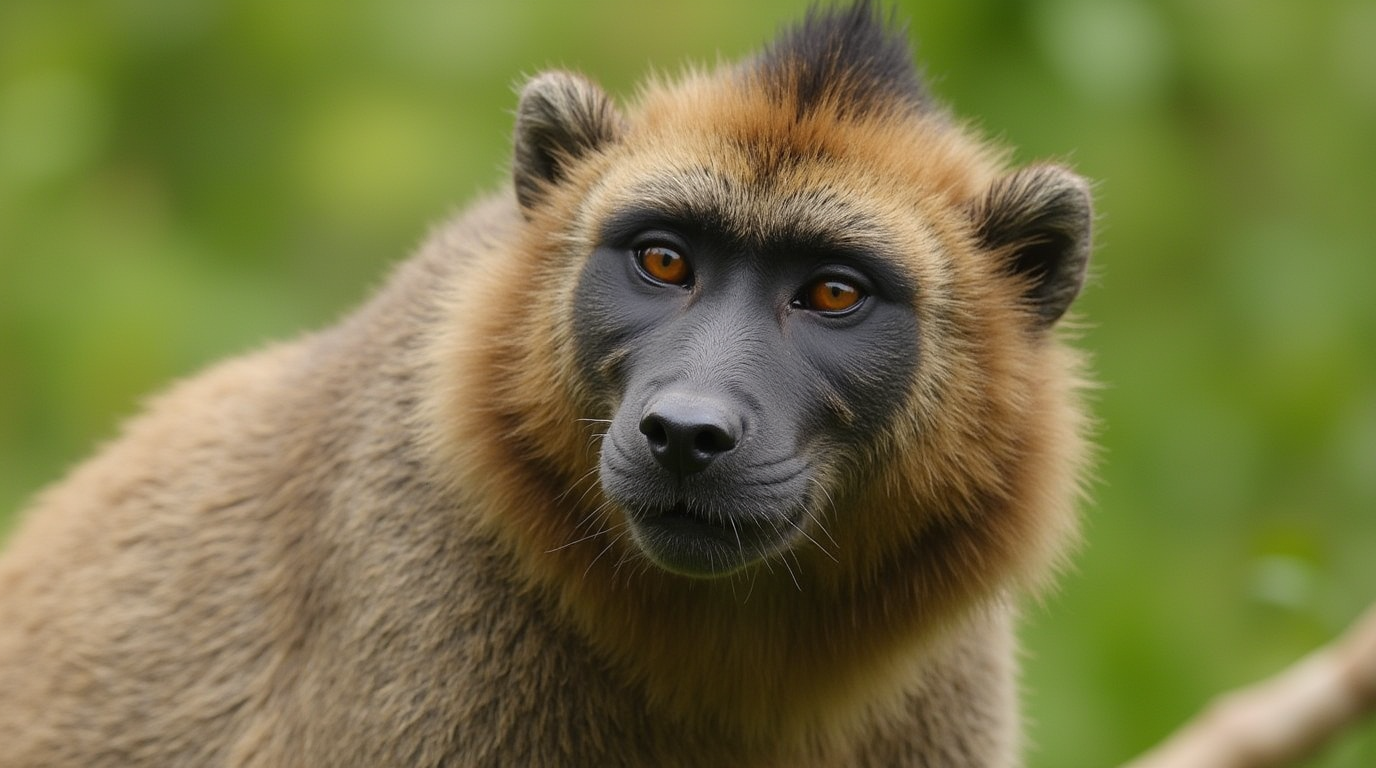
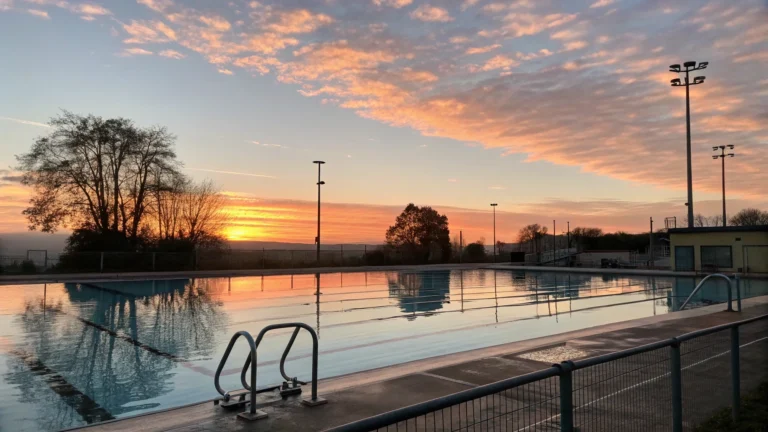
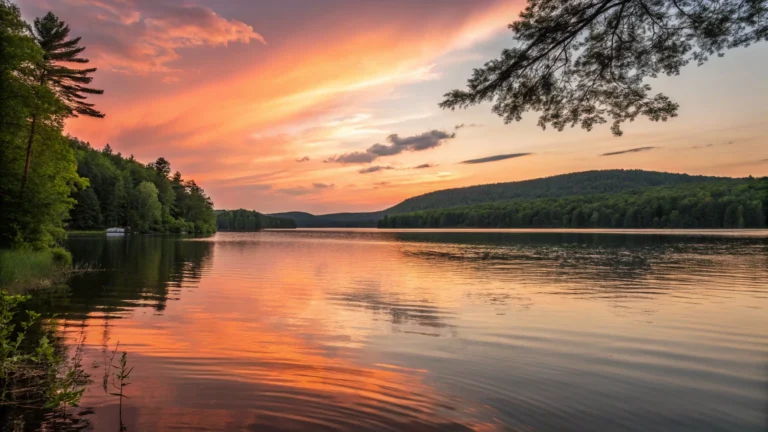
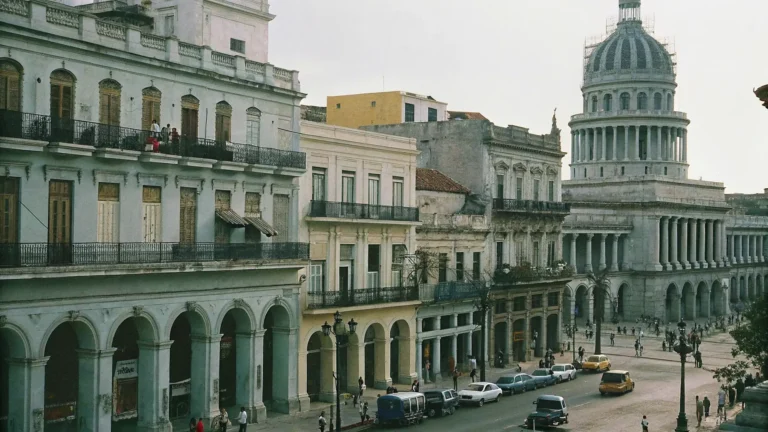

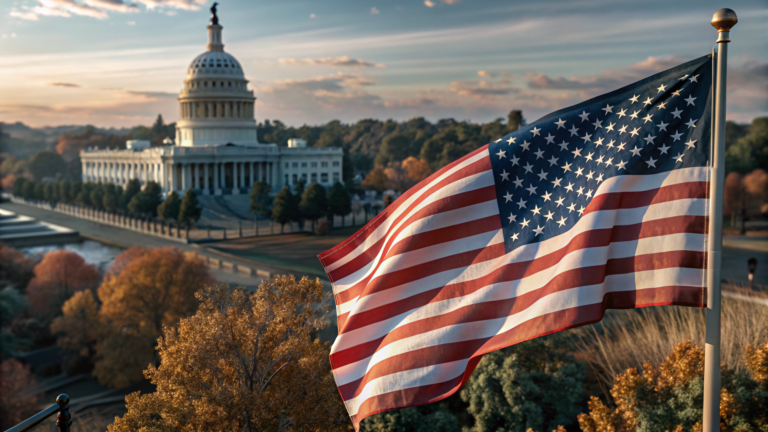
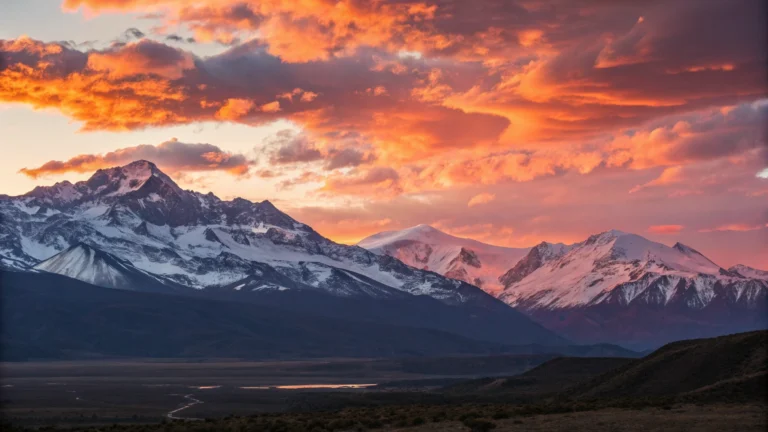
One Comment